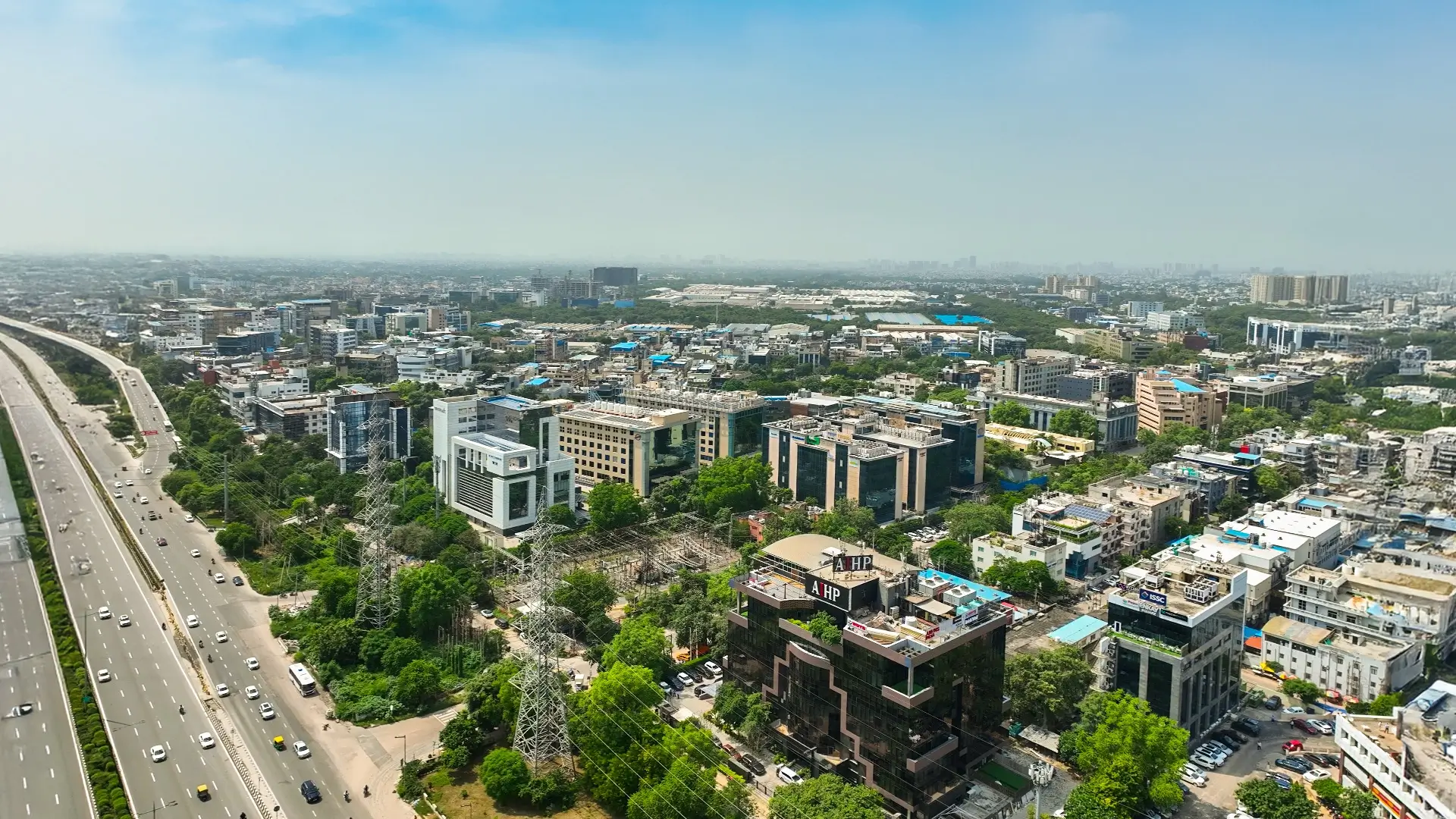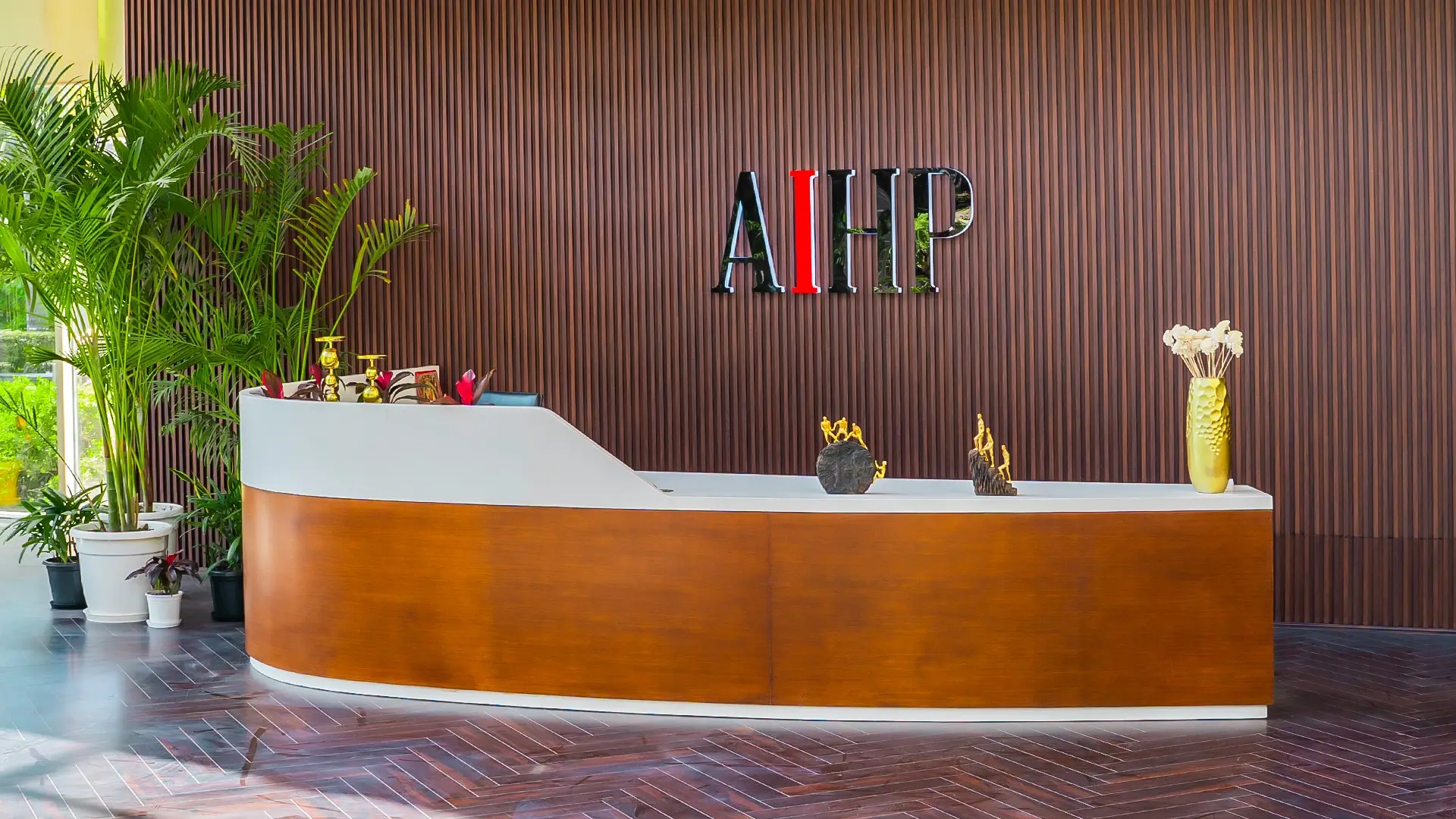Reduce Employee Burnout Through Workspace Redesign—this phrase has become a key focus for companies looking to safeguard their employees’ mental and physical health. In today’s fast-paced work environment, chronic stress, long hours, and limited breaks can lead to high attrition rates and plummeting morale.
A well-thought-out office layout can make a powerful difference, mitigating daily pressures through ergonomic furniture, strategic lighting, and even uplifting decor. Whether you manage a sprawling corporate campus or a modest startup suite, re-imagining your space is one of the most direct ways to cultivate happier, more engaged teams. Here, we present seven proven methods to Reduce Employee Burnout Through Workspace Redesign, each rooted in industry research and practical examples from thriving workplaces worldwide.
The Burnout–Workspace Link
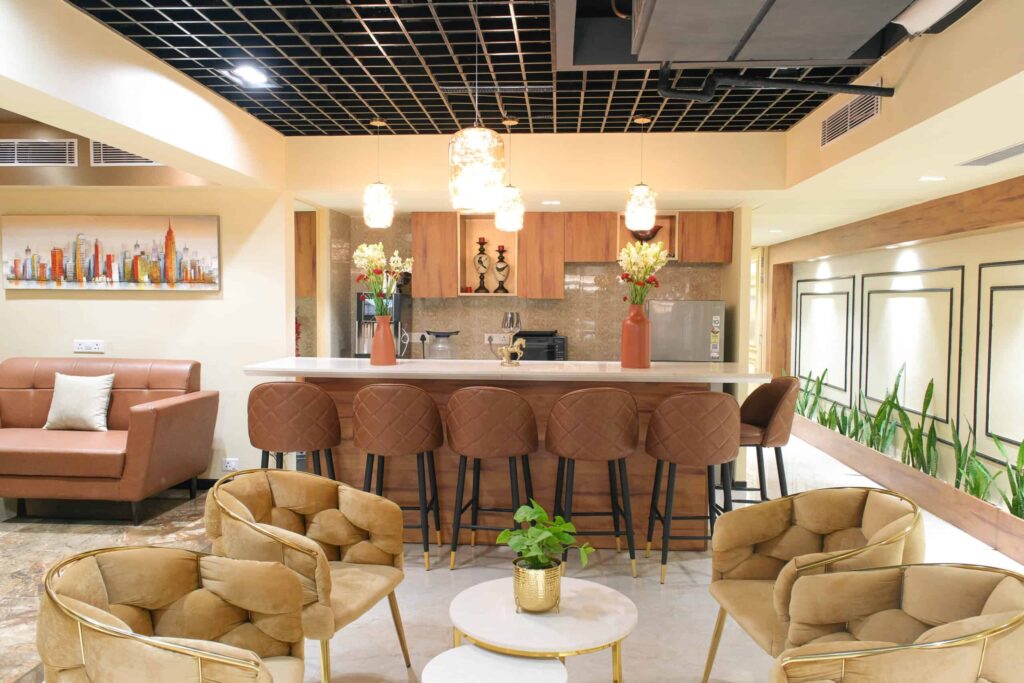
Workplace design often remains an afterthought, even though its influence on employee well-being is immense. When desks are cramped or lighting is harsh, employees can experience heightened stress that accelerates burnout. Conversely, inviting, adaptable layouts enable staff to toggle between focused work and rejuvenating social interactions.
By understanding how to Reduce Employee Burnout Through Workspace Redesign, leaders can proactively shape an office culture of health and resilience. This entails everything from mindful noise management to facilitating smoother team collaboration. It’s also where properties designed for productivity shine—for example, buildings like AIHP Millennium in Udyog Vihar, Gurgaon, which offers office space near NH8 to help businesses incorporate energy-saving features and ergonomic stations.
7 Strategies to Reduce Employee Burnout Through Workspace Redesign
Below are seven practical yet impactful approaches to Reduce Employee Burnout Through Workspace Redesign. Each solution focuses on a unique aspect of office life, from biophilic elements that reduce stress to structured breakout spaces that foster camaraderie. When combined, they create a holistic environment where both physical and psychological needs are addressed. If you’re scouting prime commercial properties that can be tailored to these recommendations, consider Office Space in Gurgaon—known for modern layouts that encourage wellness and collaboration.
Way #1 – Ergonomic Equipment and Layouts
Physical strain remains a top contributor to mental fatigue. To Reduce Employee Burnout Through Workspace Redesign:
- Height-Adjustable Desks: Alternate between sitting and standing for healthier posture.
- Ergonomic Seating: Chairs with adjustable lumbar support, armrests, and seat height.
- Accessible Storage: Files and materials kept within easy reach to avoid repetitive strain injuries.
According to Workplace Ergonomics Guidelines, ensuring proper alignment of screens and desks can significantly curb musculoskeletal complaints. Employees who aren’t distracted by recurring aches and pains focus better and maintain a more positive outlook on daily tasks.
Way #2 – Biophilic and Natural Elements

Biophilic design leverages a natural aesthetic, introducing features that mimic the outdoors:
- Indoor Greenery: Strategically placed potted plants or vertical gardens to soothe eyes.
- Nature-Inspired Materials: Wood, stone, or water elements for a more organic, tactile appeal.
- Sunlight Utilization: Installing glass partitions or maximizing window views to bring in natural light.
Such touches can Reduce Employee Burnout Through Workspace Redesign by lowering cortisol levels and uplifting the overall mood. People respond subconsciously to greenery, which is why many forward-looking offices adopt green walls or rooftop gardens for employees to decompress.
Way #3 – Dedicated Quiet Zones and Breakout Spaces
Modern, open-floor layouts often lack privacy, making focused work a challenge. Quiet zones solve this dilemma by offering secluded corners or soundproof booths, ideal for tasks that require deep concentration. Meanwhile, breakout spaces encourage quick brainstorming, informal chats, or personal downtime. This duality ensures employees can:
- Switch Environments: From collaborative, high-energy areas to calming, solitary ones.
- Manage Noise: Acoustic panels or absorbing materials keep ambient sound to a minimum.
- Foster Team Spirit: Casual seating like bean bags or soft sofas for spontaneous group meetups.
Flexibility helps counteract monotony—a key driver of burnout—while showing employees their comfort and productivity are a priority.
Way #4 – Lighting and Color Psychology
Dim or harshly lit offices can alleviate stress levels and worsen fatigue. Optimize lighting to Reduce Employee Burnout Through Workspace Redesign:
- Full-Spectrum Lighting: Mimics natural daylight, minimizing glare and eye strain.
- Layered Illumination: Use task lights for desks, ambient lights for overall brightness, and accent lights for design flair.
- Calming Color Schemes: Cool blues, muted greens, and neutral tones to maintain a sense of serenity.
Subtle color contrasts can also keep creativity flowing without overwhelming the senses. This is especially relevant for offices with fewer windows or less direct sunlight, where innovative lighting setups become a practical necessity.
Way #5 – Personalization and Employee Autonomy
Offering employees control over their immediate environment fosters a stronger sense of ownership. Even small gestures can Reduce Employee Burnout Through Workspace Redesign:
- Decor Freedom: Allow tasteful desk ornaments, family photos, or small plants.
- Configurable Furniture: Movable screens or storage units to reconfigure personal space.
- Micromanagement Avoidance: Trust employees to organize their area in line with their workflow.
An employee who feels empowered to adapt their workspace is more likely to stay motivated, contributing to a collective culture of respect and partnership.
Way #6 – Flexible Seating and Collaboration Hubs
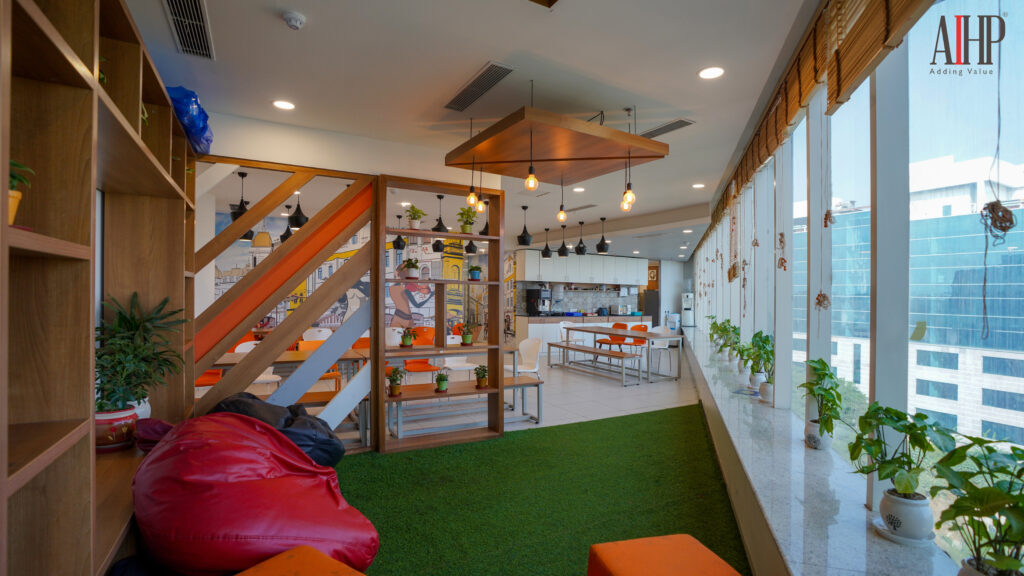
Monotony is a creeping force behind burnout; flexible seating helps ward it off. Hot-desking, for instance, encourages staff to shift between various setups—desks, lounges, or high-top tables. Collaboration hubs similarly invite cross-team dialogue outside formal meeting rooms. Key elements include:
- Mobile Furniture: Lightweight and easy to rearrange for a quick brainstorming session.
- Open Lounge Areas: Casual seats or benches for impromptu group talks.
- Reservations or Scheduling Tools: Streamlining desk or room booking to avoid confusion.
Variety within the workday revitalizes employees, offering fresh perspectives and interpersonal connections that break the routine.
Way #7 – Social and Wellness Amenities
From comfortable break rooms to on-site fitness zones, social and wellness amenities can profoundly Reduce Employee Burnout Through Workspace Redesign. Many offices now integrate:
- Cafeterias or Coffee Bars: Encouraging casual meetups that strengthen team bonds.
- Nap Pods or Meditation Rooms: Quick rest sessions keep exhaustion at bay.
- Fitness Corners: Simple equipment or yoga mats for mid-day stretches.
According to Occupational Well-being Resources, employees with consistent access to wellness options tend to have better mental health profiles. When the culture normalizes self-care, individuals feel more valued and less inclined to push themselves into unhealthy burnout cycles.
FAQs
- How quickly can workspace changes mitigate burnout?
While small tweaks (like plants or better lighting) can yield immediate psychological relief, long-term benefits typically emerge over a few weeks to months as employees adapt.
- Do I need a large budget to redesign my office?
Not necessarily. Start with cost-effective measures—rearranging furniture, introducing potted plants, upgrading bulbs—before investing in major renovations.
- Which office colors are best for reducing stress?
Soft blues and greens typically have a calming effect, while pops of subdued yellow or orange can spark creativity without overwhelming the senses.
- Is a collaborative space more important than a quiet zone?
They serve different needs. Teamwork flourishes in open, shared areas, but private rooms are vital for deep focus or confidential tasks.
- How can I measure the success of these changes?
Track employee feedback, observe any shift in turnover rates, and evaluate productivity metrics or absenteeism trends to gauge impact.
- Should remote-friendly offices also prioritize ergonomic designs?
Absolutely. Hybrid or flexible work setups still require well-structured communal spaces, particularly for days when employees come onsite or work in shared areas.
Conclusion
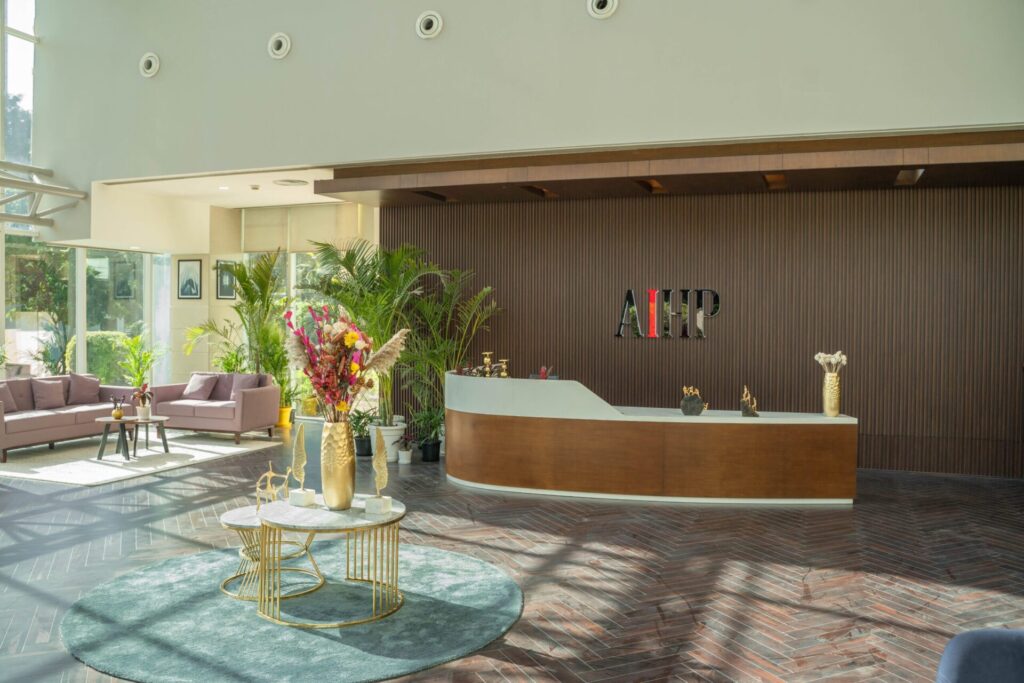
Although revamping an office to Reduce Employee Burnout Through Workspace Redesign might feel daunting, the rewards are substantial. Start modestly—adding plants, rearranging furniture, or installing better lighting—before moving on to larger-scale renovations. Tracking changes in employee feedback, absenteeism, and job satisfaction helps measure effectiveness.
Moreover, you’ll build goodwill by consulting teams on proposed layout tweaks, ensuring that each upgrade resonates with genuine needs. By prioritizing well-being in design choices, businesses can create an uplifting environment where staff feel appreciated and motivated. This investment pays off long-term, boosting morale, loyalty, and overall productivity—clear indicators of a workplace geared toward growth and harmony, rather than stress and fatigue.

